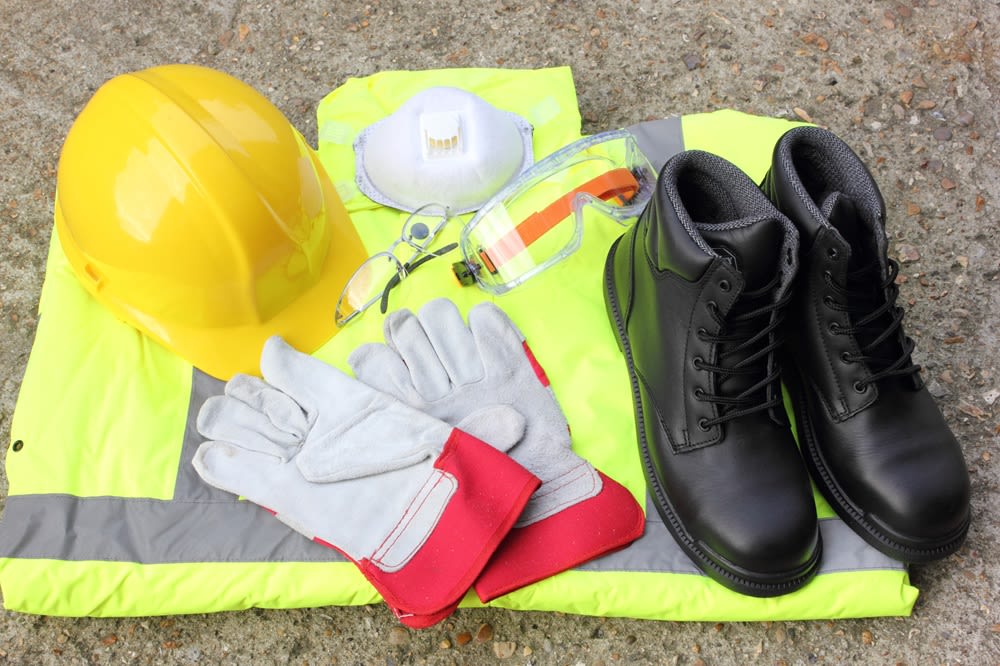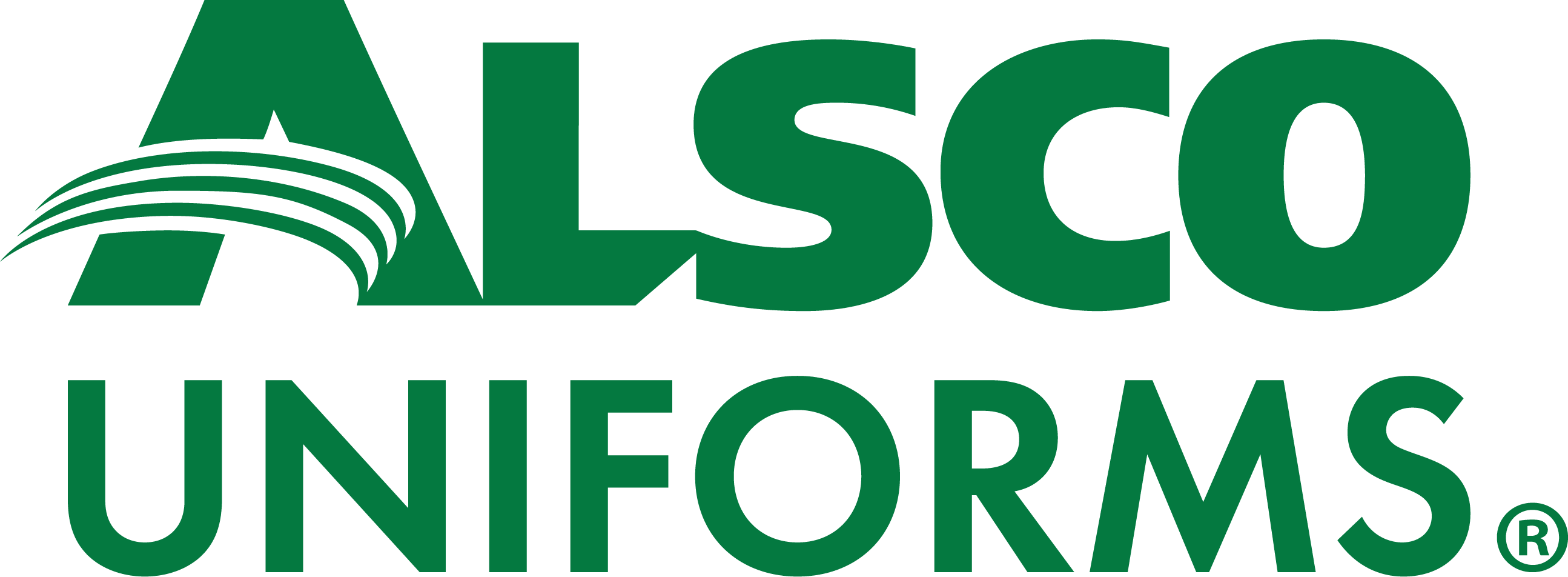
Personal protective equipment (PPE) needs to perform reliably or it’s effectively useless. A critical part of keeping equipment reliable is performing routine inspections. The specific recommendations regarding equipment inspection can vary, but as a rule, inspecting equipment each day before use can help to keep workers safe.
OSHA Rules & Recommendations
While different industries may have different regulating bodies controlling how to approach PPE maintenance, the Occupational Safety and Health Administration (OSHA) is typically a good baseline for determining how to approach workplace safety (or the equivalent if operating outside the United States). They set things like industrial safety clothing requirements. In addition to setting important workplace safety rules, they often provide additional recommendations to help keep workers safe.
Their guidelines discuss various types of PPE, including face protection, head protection, foot protection, gloves, and other types of protective gear. Regularly inspecting this equipment is important, as protective gear needsto be reliable.
While there are some differences depending on the equipment discussed, OSHA’s PPE guidelines often say to inspect PPE for signs of failure like cracks or holes before use. Potential points of failure, like straps and buckles, should be looked at for signs of wear, to make sure they hold while the equipment is in use.
Discussed in more detail later, OSHA’s guidelines also outline the importance of understanding the expected lifespan of equipment. For example, the typical expected lifespan of a hard hat is about five years, but hard hats should be replaced more frequently if exposed to factors that might cause wear, such as high temperatures, sunlight, or chemicals.
Manufacturer Recommendations
When a business acquires PPE, they should make sure to research all relevant recommendations and safety materials provided by the manufacturer of that equipment. These materials will often note the expected lifespan of equipment, the frequency at which that equipment should be inspected even if going unused, and potential signs the equipment is damaged and needs to be repaired or replaced.
If this information doesn’t come with the equipment (or provided documentation is lost), it can often be found on a company’s website or by contacting them directly. It’s important to get information specific to the PPE acquired when possible, as equipment that is only similarmay have different manufacturer guidelines.
It’s important when reviewing these recommendations to also use common sense and err on the side of safety if something seems wrong with your PPE or it is obviously damaged. If something seemslike it should be replaced or is damaged, assume that’s true unless you can get an expert to verify your equipment is in working order.
Specificity (Usually) Trumps Generalities
Building on what was discussed in the earlier section, the specific guidelines provided with equipment should usually be trusted above the general guidelines provided by organizations like OSHA. This assumes your PPE was acquired from a reputable source, but any safety equipment notfrom a reputable source shouldn’t be trusted anyway.
The reasoning for this is simple. Organizations like OSHA create their guidelines based on what is generally expected of a piece of PPE. Manufacturers of equipment create their guidelines based on the specifics of what you’ve acquired. Those guidelines can be customized to the exact specifications of the equipment, accounting for things like the materials and manufacturing processes used in the creation of the equipment.
Note that this doesn’t mean you can ignore regulations regardless of the claims a manufacturer makes (even if those claims are true). If you are requiredto inspect, maintain, and/or replace PPE more often than a manufacturer recommends, you must still do so.
For Dangerous Work, Raise the Standard
Importantly, PPE that is used in extreme or otherwise especially dangerous work environments needs to be inspected, maintained, and replaced more frequently. Recommendations about inspections and maintenance are typically made assuming a typicalwork environment. If your workplace is atypical, with equipment seeing harsher conditions and more wear and tear, then the typical recommendations might not be enough to keep workers safe.
If it’s ever unclear how you should modify your standards, you may want to consult the manufacturers of the PPE you use and potentially the regulating bodies that set the standards you need to follow. You may also want to talk to a legal and/or workplace safety professional to make sure you are upholding your legal and ethical duties.
In the Event of a Failed Inspection
All equipment fails eventually; nothing can last forever. This can be inconvenient, especially for expensive PPE or equipment that is otherwise hard to acquire, but it needs to be understood. What’s important is recognizing the signs of failure and identifying when equipment can no longer be trusted. In the event of a failed inspection, there are essentially two options for equipment.
The first and perhaps most common option is for equipment to be disposed of in whatever way is proper, whether that means recycling it, trashing it, or, in the event of equipment exposed to hazardous materials, destroyed in the way regulating bodies deem most appropriate.
The second option is to repair the damaged PPE so it can then pass inspection and continue being safely used. This can be tricky, and it’s important to make sure all maintenance actuallyfixes detected problems rather than just disguising issues.
Proper maintenance can extend the life of PPE but only to a point. All equipment eventually breaks down enough that further repairs either aren’t possible, or they stop being cost-effective.
PPE Offerings from Alsco Uniforms
In summary, PPE should be inspected often, even if it typically sits unused. The failure of protective gear at the wrong moment can be deadly. A user needs to rely on this equipment to perform its intended purpose and to keep them safe. Not only is this an issue of ethical duty and workplace safety, but equipment failure resulting from negligence can potentially open up a company to major liability.
If you want assistance keeping your team safe, our team at Alsco Uniforms can supply you with many of the most important types of PPE and various other kinds of equipment essential to protecting the health and safety of workers and customers alike. We welcome you to visit our services page to see what we can offer. Contact our team directly with any questions.
References
Personal Protective Equipment. (August 2018). Occupational Safety and Health Administration.
Personal Protective Equipment (PPE) Assessment. Occupational Safety and Health Administration.
